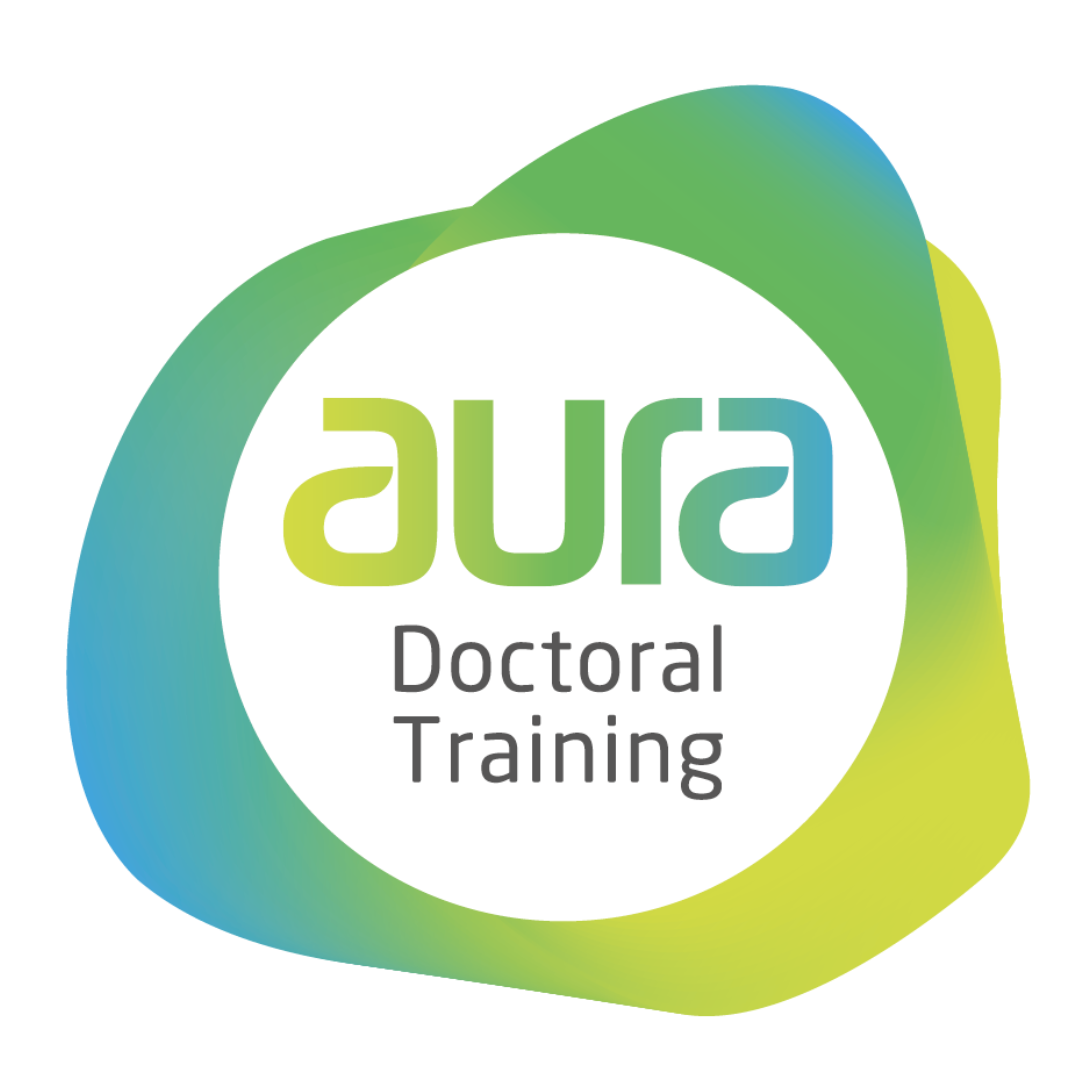

Research projects

- Research area
Physics and Engineering of the offshore environment
- Institution
Durham University
- Research project
Innovative decommissioning for offshore foundation systems
- Lead supervisor
Professor Charles Augarde (Professor – Department of Engineering, Durham University)
- PhD Student
- Supervisory Team
Professor Will Coombs (Professor – Department of Engineering, Durham University)
Project Description:
This PhD scholarship is offered by the Aura Centre for Doctoral Training in Offshore Wind Energy and the Environment; a partnership between the Universities of Durham, Hull, Newcastle and Sheffield. The successful applicant will undertake a PG-Dip training year at the University of Hull and will continue their PhD research at Durham University.
For more information visit www.auracdt.hull.ac.uk. Or if you have a direct question about the project, please email auracdt@hull.ac.uk and we will forward the query to the relevant supervisor. Please do not contact the project supervisors directly.
Worldwide and in Europe, there is a huge expansion of offshore wind, however to date little thought has been given to what happens when we no longer need the foundations? Simply cutting off at the seabed level or a few metres below is not a sustainable solution. To minimise long term liability and operate in a more sustainable manner (where this could be defined as not creating a negative legacy for the next generation) the offshore renewable energy industry needs to consider a cradle to grave approach to infrastructure design and deployment. This means designing for decommissioning (full recovery) and incorporating/developing systems that allow cost effective removal [1].
Hollow steel piles (monopiles) are generally the foundation type of choice for offshore renewable energy in relatively shallow water. Their future cost-effective full removal has clear benefits and is an obvious focal point for research at present. The removal of piles can fall into two classifications i.e. self-removal, and removal by axial pull using standard craneage, where in the latter case significant reduction of extraction loads is required to make this a practical proposition. The term self-removal refers to the use of the foundation system itself without the need for heavy lifting equipment (over and above that associated with lifting the self-weight of the foundation).
Three techniques appear viable under this classification: overpressure, vibration and rotation [2,3]. The first involves pressurising the void at the top of the monopile to produce an upwards traction; this is a technique already used for suction caissons. Vibration and rotation are techniques which use the movements of the pile to reduce the strength of the surrounding soils in which the pile is embedded.
While some exploratory work has been carried out by contractors to date, none of these techniques have yet to be studied in detail at the scale of a typical offshore monopile. The aim of this project is to develop computational models of these removal processes, to understand their effectiveness in different soil conditions and to enable prototype and full scale take up to be developed. It will allow cost-effective parametric analysis and virtual prototyping prior to expensive demonstration and risk adverse deployment.
The nature of the study through computational techniques also allows not only the extraction method to be optimised but also the geometry of the piles for future designs to aid extraction whilst maintaining in-service requirements. One key objective on the way to the full model will be validation against physical modelling and field data. For the PhD student, the scientific novelty will comprise: development of new computational techniques of much wider applicability to problems in civil and mechanical engineering; the first parametric study of monopile removal techniques and the derivation of initial guidelines for removal methods for industry.
References:
[1] Dept Business, Energy & Industrial Strategy 2018. Cost Estimation and Liabilities in Decommissioning Offshore Wind Installations, public report. UK DBEIS.
[2] Davidson, C., Brown, M., Brennan, A., Knappett, J. 2017. Decommissioning of offshore piles using vibration. In Proceedings of the 27th International Ocean and Polar Engineering Conference, ISOPE 2017 (Vol. 2, pp. 666-673).
[3] Topham, E., McMillan, D. 2017. Sustainable decommissioning of an offshore wind farm. Renewable Energy, 102:470-480.
[4] Coombs & Augarde 2020. AMPLE: A Material Point Learning Environment. Advances in Engineering Software 139:10274
Training and skills
Depending on prior experience, the student will receive specific technical training in computational methods (esp. the MPM), continuum mechanics, geotechnics, Matlab and Julia languages. The Advanced Research Computing unit at Durham will provide training in HPC, programming and version control.
Entry requirements
If you have received a First-class Honours degree or a 2:1 Honours degree and a Masters (or the international equivalents) in Engineering, Earth Science, Physics or Mathematics and Statistics, we would like to hear from you.
If your first language is not English, or you require Tier 4 student visa to study, you will be required to provide evidence of your English language proficiency level that meets the requirements of the Aura CDT’s academic partners. This course requires academic IELTS 7.0 overall, with no less than 6.0 in each skill.
Funding
The Aura CDT is funded by the EPSRC and NERC, allowing us to provide scholarships that cover fees plus a stipend set at the UKRI nationally agreed rates, circa £17,668 per annum at 2022/23 rates (subject to progress).
Eligibility
Research Council funding for postgraduate research has residence requirements. Our Aura CDT scholarships are available to Home (UK) Students. To be considered a Home student, and therefore eligible for a full award, a student must have no restrictions on how long they can stay in the UK and have been ordinarily resident in the UK for at least 3 years prior to the start of the scholarship (with some further constraint regarding residence for education). For full eligibility information, please refer to the EPSRC website. In addition, a number of Aura CDT Scholarships will be available to International Students across the projects offered by the partner institutions.
How to apply
Recruitment is open until 4 January 2023 for Aura CDT PhD Scholarships beginning study in September 2023.
Applications are made via the University of Hull admissions system.
If you have not applied with the University of Hull before, you will need to set up an account to enable you to track the progress of your application and upload supporting documents.
With your application, you need to upload copies of the following supporting evidence:
- complete transcripts (and final degree certificate(s) where possible). If your qualification documents are not in English, you will need to supply copies of your original language documents as well as their official translation into English.
- A completed Supplementary Application Form (please upload when asked to add Personal Statement).
Guidance on completing your Supplementary Application Form: The Aura Centre for Doctoral Training is committed to generating a diverse and inclusive training programme. As part of our inclusive practices, the Centre adopts a process of assessing applications purely based on skills and attributes and does not consider any personal details. As such we ask applicants to remove any personal details from the Supplementary Form which is used by the Panel to assess and select applicants for interview. The form asks for details of your education, training and employment history as well as some specific questions about your motivations and research experience and interests. It is very important that you do not include any personally identifying information.
Applicants must:
Remove all personal references in their application. Specifically, do not include the following details: Names, age, country, sex, gender, religion, disability, race, sexual orientation
Complete all sections of the form in font and size Calibri 11pt
Indicate your interest in applying to a maximum of two Research Projects (you may apply for one or two, but no more than two)
Once fully completed, you should upload the form when asked for your Personal Statement, as part of your application through the University of Hull student application portal using the links below. (You will also be asked for your degree transcripts during the application process). Please do not send your form directly to the Aura CDT.
Application links:
Apply for a full-time PhD Scholarship with the Aura CDT.
Apply for a part-time PhD Scholarship with the Aura CDT.

